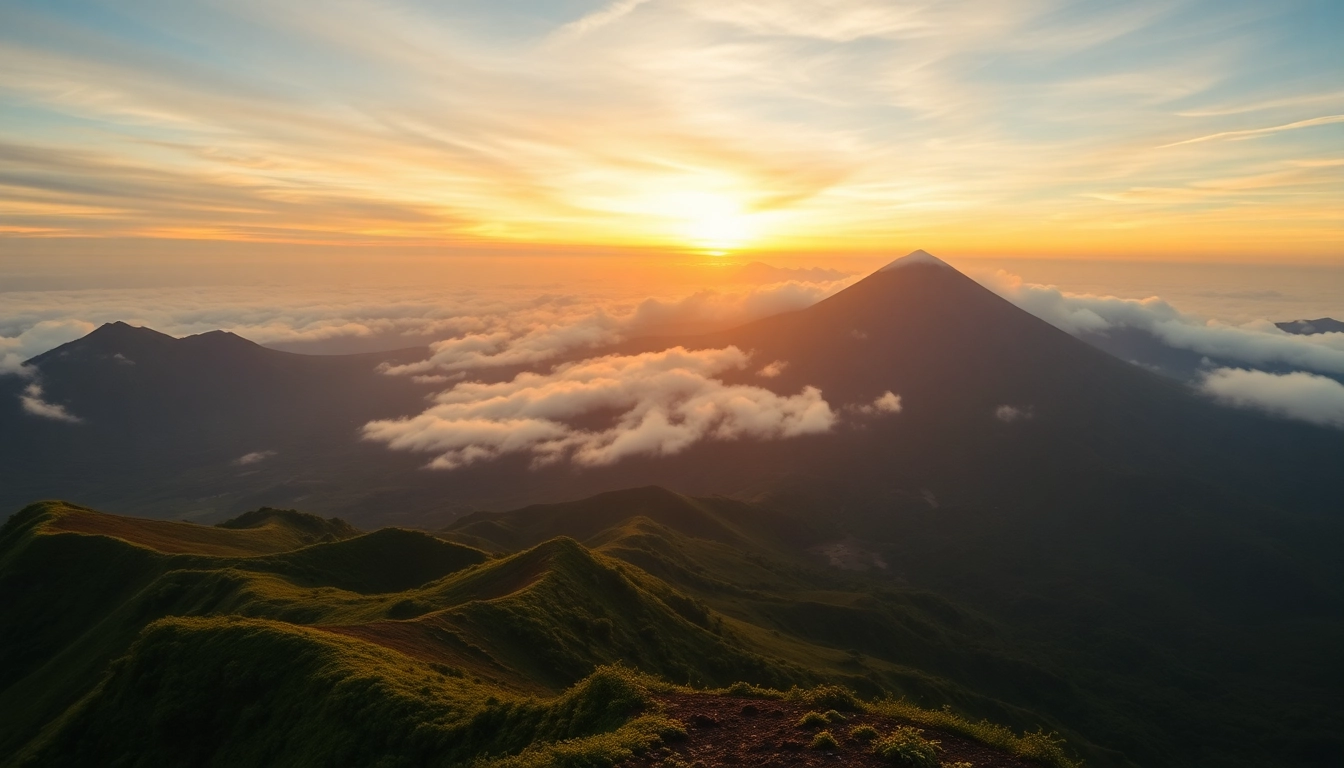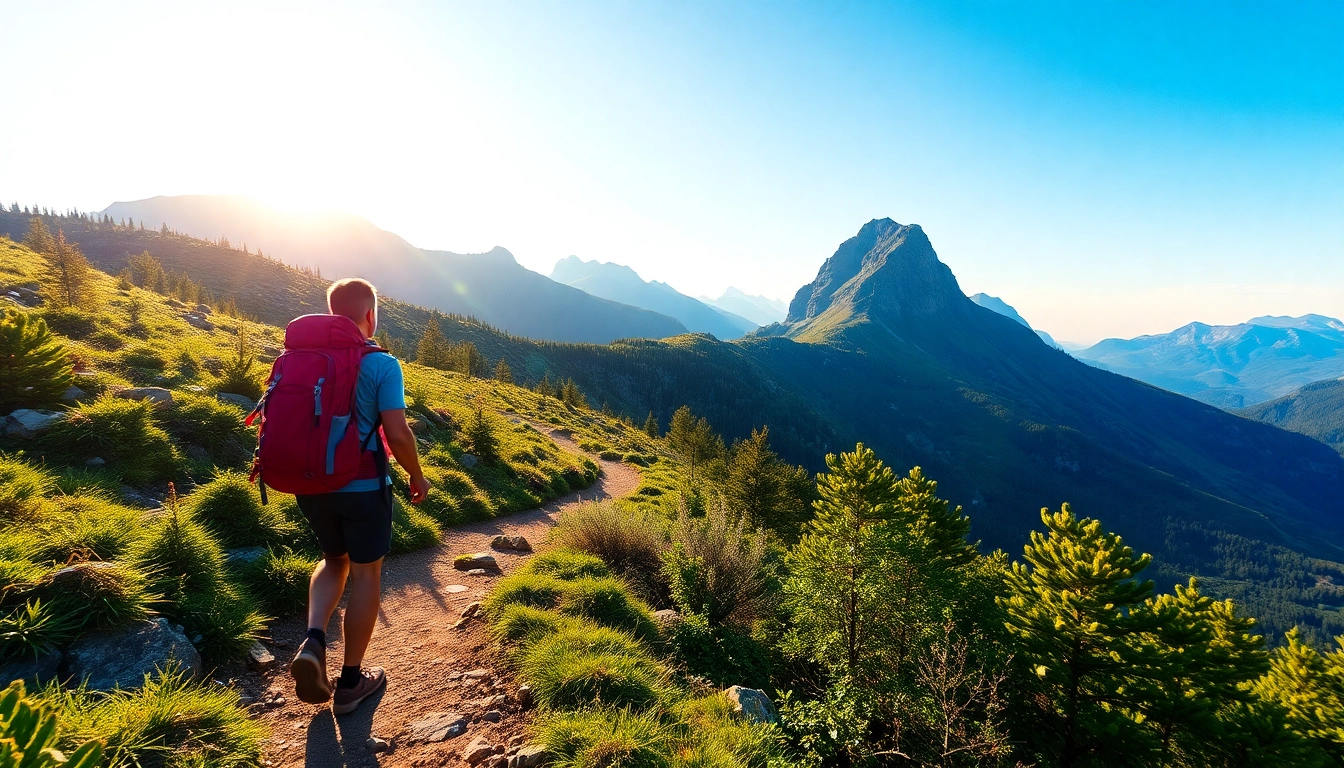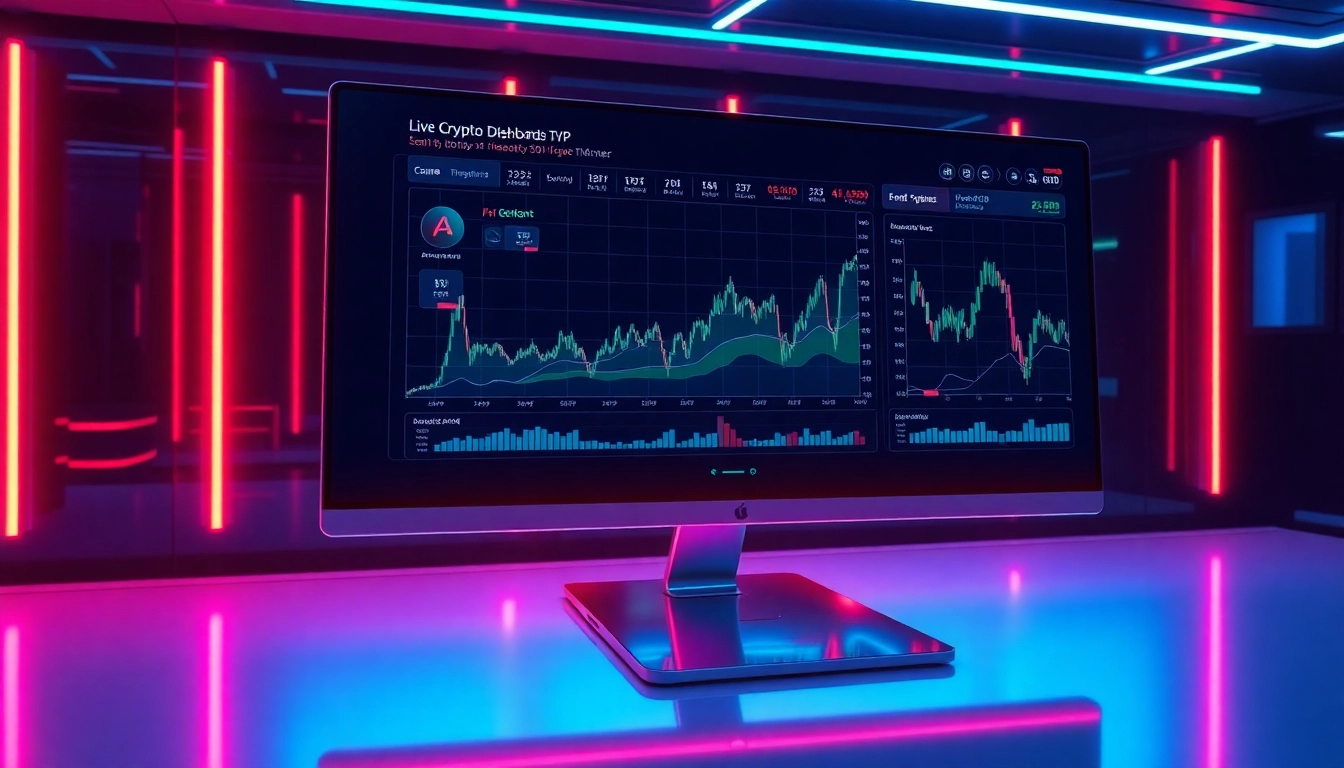
Introduction to Mt. Rinjani and Its Significance in Indonesia
Perched majestically on the island of Lombok in Indonesia, Mt. Rinjani stands as one of the most iconic and awe-inspiring natural landmarks in Southeast Asia. With its towering presence and active volcanic status, Rinjani is much more than a mountain; it is a symbol of geological grandeur, cultural heritage, and an essential component of Indonesia’s diverse ecosystem. As the second-highest volcano in Indonesia, reaching an elevation of 3,726 meters (12,224 feet), Mt. Rinjani commands both respect and admiration from locals, travelers, and scientists alike.
This massive stratovolcano not only holds geological significance but also plays a central role in Lombok’s cultural identity and tourism economy. Its mesmerizing landscapes, from lush forests to volcanic craters, attract adventurers and nature lovers from around the world, forging a deep connection between human curiosity and earth’s natural processes. Understanding the historical and ecological importance of Rinjani sets the stage for appreciating the profound impact this volcano has on the region’s landscape, culture, and scientific research.
Historical and Cultural Background of Mt. Rinjani
Mt. Rinjani has long been embedded in the spiritual and cultural fabric of the Sasak and Lombok communities. Native legends speak of Rinjani as a sacred mountain, often associated with ancestral spirits and local deities. Many indigenous groups consider the volcano a divine entity, holding rituals and ceremonies to honor the mountain’s spiritual significance. These practices serve to reinforce a respectful coexistence with the volcano, emphasizing the importance of harmony between humans and nature.
Historically, Rinjani’s eruptions have shaped local livelihoods, influencing agriculture, settlement patterns, and religious practices. Archeological findings suggest that the mountain has been regarded as a sacred site for centuries, with ancient communities performing rituals on its slopes and at its base. Moreover, the surrounding region’s rich tapestry of myths and stories underscores the mountain’s revered status, blending natural history with spiritual beliefs.
Today, these cultural traditions continue to thrive, with local guides and communities offering insights into Rinjani’s spiritual importance during trekking expeditions, making each ascent not just a physical challenge but also an experience imbued with cultural depth.
Geological Features and Volcanic Activity
Geologically, Mt. Rinjani is classified as an active stratovolcano, part of the volcanic arc formed by subduction zones where the Indo-Australian Plate interacts with the Eurasian Plate. Its complex structure includes a prominent caldera, the Segara Anak crater lake, and numerous volcanic cones. The volcano’s caldera spans approximately 8 x 10 km, hosting lakes, hot springs, and lush forests.
The volcanic activity of Rinjani has been documented extensively, with eruptions recorded as recent as 2015. These eruptions have ranged from ash plumes to lava flows, demonstrating the volcano’s dynamic and unpredictable nature. The lava—primarily intermediate to felsic—shapes the surrounding terrain, creating fertile soils that support diverse ecosystems.
Scientifically, monitoring Rinjani’s activity involves advanced techniques such as seismic sensors, gas emissions analysis, and satellite imaging. These measures help predict eruptions, providing critical data to safeguard local populations and visitors. The ongoing geological processes also contribute to the stability and renewal of the landscape, offering researchers invaluable insights into volcanic behavior and earth’s internal dynamics.
Why Mt. Rinjani Is a Must-Visit Destination
Beyond its geological significance, Mt. Rinjani offers an unparalleled adventure for travelers seeking natural beauty and physical challenge. Its towering presence creates a stunning backdrop for trekking, photography, and eco-tourism. The diverse ecosystems and scenic vistas along the trails evoke a sense of wonder and discovery at every turn.
Furthermore, Rinjani’s national park is home to unique flora and fauna, including endemic species found nowhere else in the world. The combination of volcanic landscapes, verdant forests, cascading waterfalls, and crater lakes makes it a haven for outdoor enthusiasts and nature lovers alike.
Participating in a trek to Rinjani is not merely an activity; it is an immersive experience that connects travelers to Indonesia’s rich biodiversity, cultural traditions, and geological marvels. Whether viewing the sunrise from the summit or relaxing by the hot springs afterward, visitors leave with profound memories and a deeper appreciation for one of Southeast Asia’s most treasured natural sites.
Planning Your Trekking Adventure on Mt. Rinjani
Best Seasons and Preparations for the Ascent
Choosing the optimal time to trek Mt. Rinjani is critical for safety and enjoyment. The dry season, which spans from April to October, is generally considered the best period for climbing, as weather conditions tend to be clearer, and trails are less muddy. The peak months of June, July, and August attract the highest number of trekkers, owing to favorable weather. However, it is essential to monitor volcanic activity reports and park alerts, as eruptions can occur unexpectedly.
Preparation begins with physical conditioning—trekkers should engage in endurance training, stamina building, and acclimatization exercises weeks in advance. Altitude acclimatization is crucial to reduce risks associated with high-elevation sickness. Moreover, understanding local climate patterns, such as sudden rainfalls or temperature drops, ensures appropriate packing and planning.
Travelers should also familiarize themselves with local regulations and permit requirements, which are necessary to access the national park and undertake the trek legally and responsibly. Booking guided tours with experienced operators further enhances safety and provides expert insights into the route and environment.
Essential Gear and Safety Tips for Trekking
Safety and preparedness are key to a successful Mt. Rinjani trek. Essential gear includes sturdy hiking boots with ankle support, layered clothing to adapt to temperature changes, waterproof jackets, gloves, hats, and sunglasses. A durable backpack containing sufficient water, high-energy snacks, a first aid kit, and navigation tools (map, compass, or GPS device) is indispensable.
Since weather conditions can shift rapidly, carrying windproof and thermal clothing is advised. Campers should also bring lightweight sleeping bags suitable for cold nights, as the summit and high-altitude camps can be notably chilly.
Safety tips encompass monitoring volcanic alerts, avoiding risky zones during signs of unrest, and respecting natural boundaries. Experienced guides advise trekkers to pace themselves, stay hydrated, and adhere to environmental conservation rules to minimize ecological impact. Knowing how to respond to emergencies, such as sudden eruptions or injuries, is vital—thus, knowledge of basic first aid and emergency evacuation procedures should be prioritized.
Choosing Guides and Permits for Your Journey
Navigating the logistics of a Mt. Rinjani ascent involves selecting reputable guides and securing permits. Guided treks are highly recommended, as they offer local expertise, safety assurance, and logistical support. Official permits are obligatory for entry into the national park, costing approximately IDR 150,000 to 200,000 per person, depending on the season and route.
Cost structures for guides typically range from Rp. 350,000 to 450,000 per day, including porters, meals, and equipment assistance. When choosing guides, consider their experience, safety record, and client reviews. Enlisting certified guides from authorized agencies ensures compliance with park regulations and enhances the overall quality of the trekking experience.
Planning ahead by booking permits and guides well in advance helps avoid last-minute issues, especially during peak seasons. Local tour operators often include comprehensive packages that cover permits, guides, and logistical arrangements, streamlining your journey from planning to execution.
Discovering the Natural Wonders of Mt. Rinjani National Park
Iconic Trails and Scenic Spots
The diverse trail options around Mt. Rinjani cater to various levels of hiking experience. The popular Sembalun and Senaru routes provide access to breathtaking viewpoints, crater lakes, and lush forests. The Sembalun trail, known for its scenic beauty and gentle inclines, takes hikers through terraced farms, savannahs, and volcanic terrain, culminating in views of the summit.
The Senaru route offers a more challenging ascent, passing waterfalls, dense tropical rainforests, and ancient lava flows, before reaching the crater rim. Notable scenic spots include the Segara Anak lake, a turquoise caldera lake nestled within Rinjani’s crater, and stunning overlooks such as the Pelawangan craters, which command panoramic vistas of the surrounding islands and coastline.
Guided tours often incorporate side trips to waterfalls like Sendang Gile and Tiu Kelep, hot springs, and viewpoints that maximize the journey’s immersive experience, allowing trekkers to engage deeply with Rinjani’s vibrant landscape.
Flora, Fauna, and Unique Ecosystems
Within Rinjani National Park, visitors encounter a rich tapestry of ecosystems, from mangroves and tropical rainforests to alpine grasslands. The park is a sanctuary for numerous endemic species such as the Lombok primate, the black giant squirrel, and various bird species including the endangered Orange-headed thrush.
The flora is equally diverse, featuring towering dipterocarps, orchids, and medicinal plants used by local communities. The volcanic soils foster fertile grounds for unique plant life that thrives at different altitudes, creating natural variation along the trail.
Conservation efforts focus on protecting these ecosystems from deforestation, poaching, and climate change impacts. Eco-tourism initiatives aim to promote responsible exploration, allowing visitors to appreciate and learn about this biodiversity hotspot while contributing to its preservation.
Waterfalls, Lakes, and Other Attractions
Rinjani’s scenic attractions extend beyond the volcano itself. Waterfalls like Sendang Gile and Tiu Kelep, located near the trailheads, offer refreshing retreats amidst jungle settings. The stunning Segara Anak Lake, perched within the caldera, not only provides spectacular views but also serves as a site for local fishing activities and spiritual rituals.
The hot springs around the crater rim, such as Aik Nyap and Aik Berik, provide natural thermal baths, perfect for relaxation after a strenuous trek. Additionally, the panoramic vistas from the summit and crater rim, including sunrise views over surrounding islands, create unforgettable moments of natural splendor.
Exploring these attractions enhances the trekking experience by combining adventure with moments of serenity and natural beauty, encouraging sustainable tourism that respects the environment.
Understanding the Risks and Eruptive History of Mt. Rinjani
Notable Eruptions and Safety Measures
While Mt. Rinjani is a symbol of natural beauty, it is also an active volcano with a history of eruptions that necessitate caution. The most recent significant eruption occurred in 2015, characterized by ash plumes reaching up to 6 km altitude and lava flows that temporarily affected access to certain areas of the park.
Monitoring agencies regularly update volcanic activity reports, classified into alert levels that guide park operations and restrict access during heightened activity. Visitors should stay informed through official channels such as the Indonesian Center for Volcanology and Geological Hazard Mitigation.
Safety measures include adhering to designated trails, avoiding crossing active craters, and following instructions from local guides and authorities. Emergency plans and evacuation routes are well-positioned around the park, ensuring swift response in case of an eruption.
Monitoring Volcanic Activity and Alerts
Modern technology plays a vital role in safeguarding visitors. Seismic sensors, gas emission detectors, and satellite imagery help scientists track changes beneath the volcano’s surface. Real-time data feeds allow authorities to issue alerts, limitations, or park closures if necessary.
Travelers are urged to always check the latest updates before embarking on their trek, especially during the rainy season or periods of increased seismic activity. Local guides and park rangers are invaluable sources of current information, providing on-the-ground insights about safety conditions.
What to Do in Case of Volcanic Emergencies
Preparedness is essential. In the unlikely event of an abnormal eruption or ash cloud, trekkers should know how to respond. Immediate action includes moving to safer zones, covering your nose and mouth with masks or cloth, and following evacuation protocols provided by guides and park officials.
Having an emergency kit with essentials like water, a flashlight, and a communication device can be life-saving. It’s also crucial to stay calm, communicate your location, and cooperate with authorities and local guides for swift evacuation.
Maximizing Your Experience and Leaving No Trace
Local Culture, Cuisine, and Hospitality
Experiencing the cultural vibrancy of Lombok enriches your Rinjani adventure. Engage with local communities, enjoy traditional Sasak cuisine such as sate puter, and learn about indigenous customs that have been preserved for generations. Warm hospitality is a hallmark of Lombok, making every interaction memorable.
Participating in cultural exchanges and supporting local artisans helps sustain the community and promotes responsible tourism. Respect for local traditions, the environment, and fellow travelers ensures that Rinjani remains a treasured site for future generations.
Sustainable Tourism Practices
Preserving Rinjani’s pristine environment requires a conscious effort from visitors. Key practices include packing out all waste, respecting wildlife and plant life, and avoiding deviations from designated trails. Using eco-friendly products and supporting local businesses further minimizes environmental impact.
Advocating for park conservation programs, participating in clean-up activities, and educating others about responsible tourism contribute to the ongoing health of this natural treasure.
Tips for a Responsible and Memorable Ascent
To make your trek not only successful but also responsible, plan meticulously: book guides in advance, check weather and volcanic activity alerts, and prepare appropriately. Embrace patience and flexibility, acknowledging that conditions can change suddenly. Respect cultural norms and environmental rules, and leave no trace of your visit except photographs and memories.
Engage deeply with the local environment, listening to guides’ stories, and observing nature’s delicate balance. Such mindfulness ensures a meaningful and sustainable Rinjani experience for all.

